Cultivating a Resilient Spirit: Letting go of Numbing and Powerlessness
Week 2 of The Gifts of Imperfection Mini-Series
“The Universe is not short on wake-up calls.” -Brené Brown
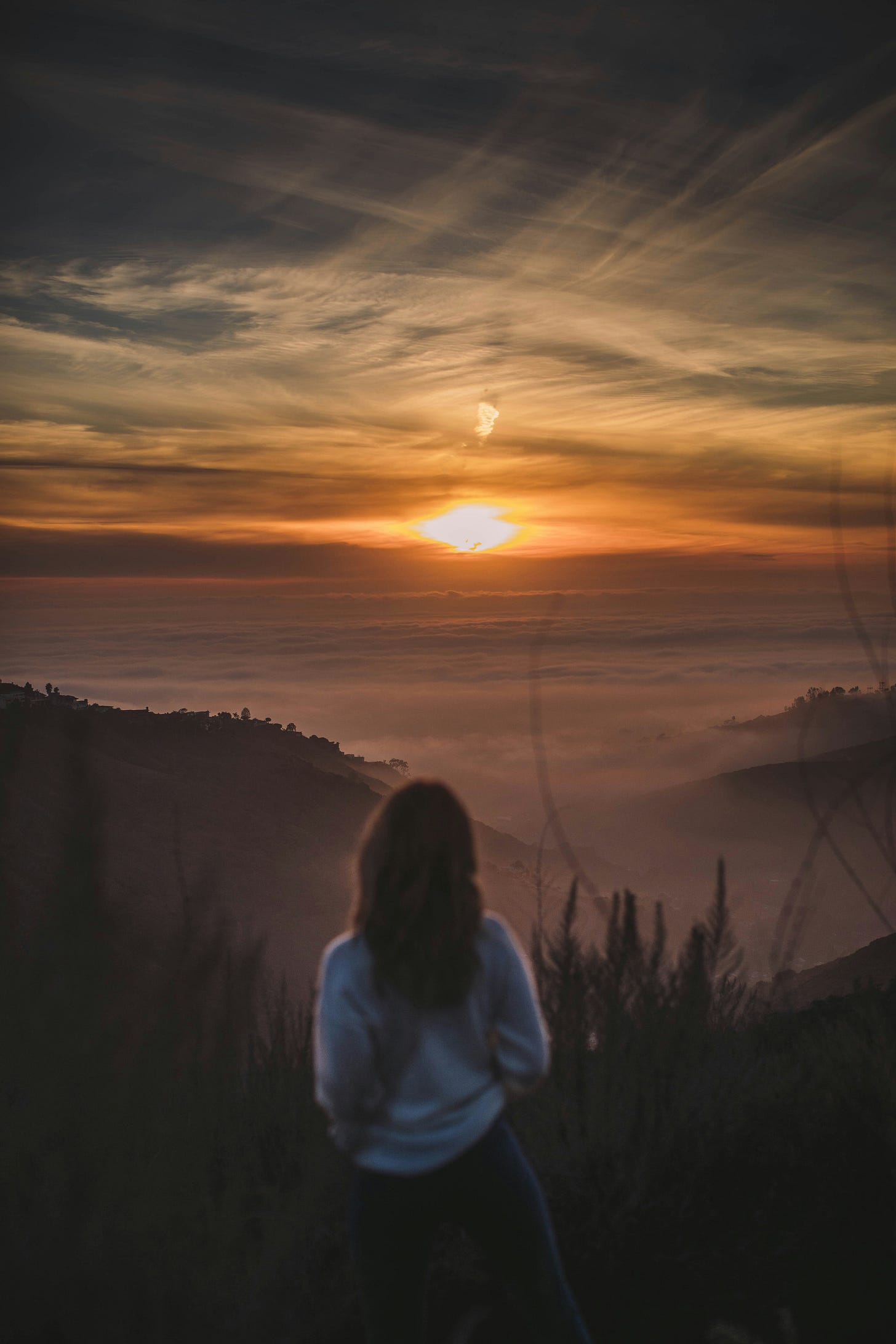
Welcome. This is a slow unfolding of the 10 Guideposts for Wholehearted Living from The Gifts of Imperfection by Brené Brown. Each letter will cover one guidepost with reflections and resources for you to integrate at your own pace. Jump in any week and invite a friend to join us on our journey. Week one’s post is below.
If I had to name my core wound— the thing that I’m always trying to soothe, fix, or heal, it would be the fear of powerlessness. It’s part of the reason I became a nurse and why I’m so good at being the eldest daughter and telling everyone what to do.
If I feel like I have a “handle” on life, that I’m in the driver’s seat with a carload of merry passengers, I feel safe. Like nothing bad can happen.
When the Universe delivers one of those wake-up calls, reminding me that I’m not actually in charge of anything, I can numb my fears with the best of them (usually with a big bag of salty chips).
In Brené’s research, she didn’t discover a group of folks who lived trauma-free lives compared to those who didn’t. We’ve all experienced pain and suffering, to varying degrees. So what helps some move through life, resilient to life’s storms while others collapse under the weight of it all?
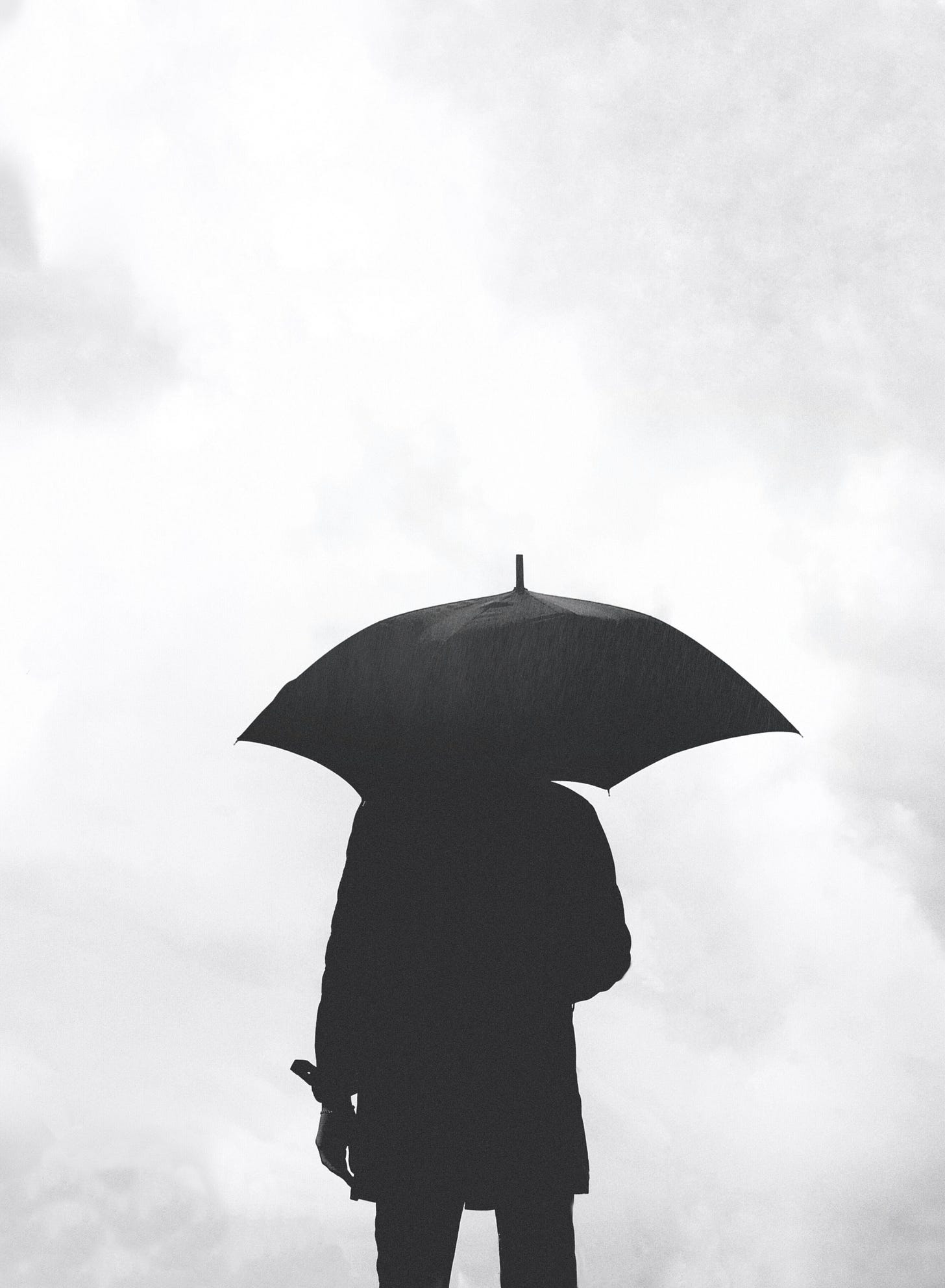
One of the major themes that emerged in the research as a protective factor (think of it like an umbrella during a downpour) is spirituality. This isn’t a prescribed dogma or religion. Rather, it’s a belief in a loving, compassionate power greater than all of us and the interconnectedness of all things.
Sometimes this is really hard to believe, especially when we witness daily tragedy. When we lose the job we’ve worked so hard to earn. When a loved one dies. When our bodies become diseased.
It’s easy to turn to practices that confirm our powerlessness, numb our nervous systems, and offer a buffer between us and life.1
“Numb the dark and you numb the light.” -Brené Brown
It’s clear we cannot selectively push away the hard bits of life if we’re to enjoy the more pleasurable ones.
How can we move through life’s challenges with a resilient spirit?
Another component that came up in Brené’s research was the importance of hope. Here’s where it gets really good. Surprisingly, hope is not an emotion. It’s not something we “feel” or don’t feel.
Hope is a cognitive process we can cultivate intentionally.
We cultivate hope when:
We have the ability to set realistic goals (I know where I want to go).
We are able to figure out how to achieve those goals, including the ability to stay flexible and develop alternative routes (I know how to get there, I’m persistent, and I can tolerate disappointment and try again).
We believe in ourselves (I can do this!).
-The Gifts of Imperfection pg. 88
A few things resonate with me. The ability to set realistic goals (anyone else a chronic over-achiever?) and the capacity to tolerate disappointment when our plans don’t go our way, (instead of spiraling into powerlessness).
“We must accept finite disappointment, but never lose infinite hope.”
-Dr. Martin Luther King Jr.
I’ve always loved this quote but now I realize hope is a choice and an action.
Brené also makes the distinction between hope and entitlement. Entitlement says, “I deserve this just because I want it,” and hope is being willing to take steps to accomplish your goal. It says, “I know I can do this.”
It’s interesting to me that hope is defined in these terms. I often feel the most powerless when external events beyond my control “go wrong.” When I can’t figure out how to help a loved one, when a patient dies despite my best efforts to save them, or when another war breaks out.
I think it’s important here to discern what is realistically within the realm of our influence and what’s beyond our reach.
There’s an element of surrender here. A willingness to identify our part and the actions we can take, and the understanding that we are not all-knowing, all-seeing, all-powerful.
But we’re not powerless, either.
Cultivating a resilient spirit is about connecting to a higher power while at the same time, yielding to it. It’s believing in ourselves as much as others because of our shared relationship, grounded in love and compassion.
Practicing critical awareness is another way we can move through feelings of powerlessness. Our culture primes us to be in a constant state of comparison and hypervigilance, which can overload our nervous systems and make us more likely to numb rather than engage with life.
When interacting with social media in particular, we can ask ourselves a few questions to gain perspective and clarity about what we’re seeing or reading. (Write these down on a post-it and tape it somewhere you’ll see it often). This is a good practice to start teaching your kiddos, too.
Is this the full story or just part of it?
Does this story (image, video, headline) align with my values for wholehearted living or does it benefit from making me feel less than and disconnected from others?
Who benefits from my feeling powerless in this situation?
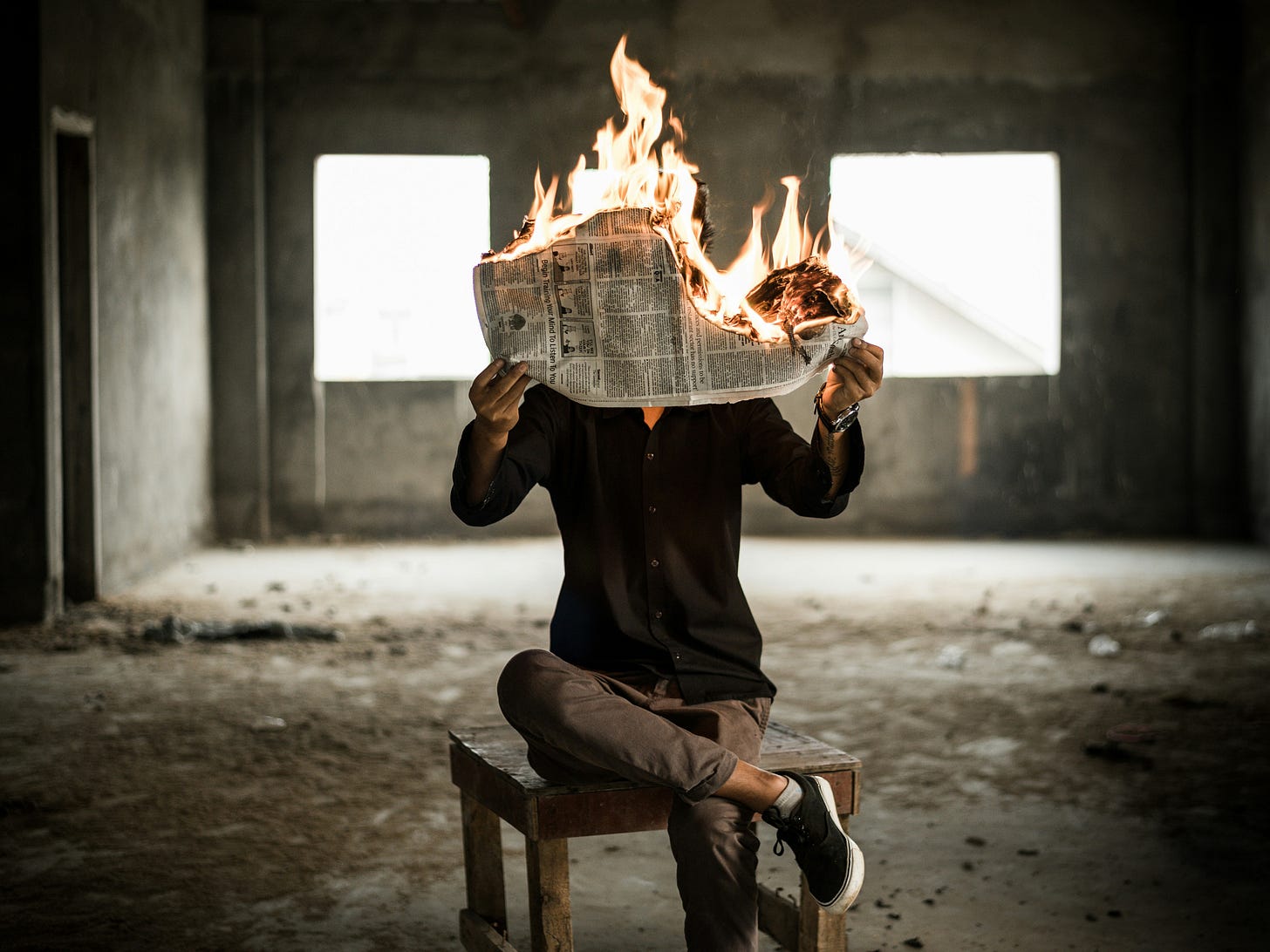
Critical awareness helps us realize when we’re feeding ourselves disempowering stories like, “Everyone else is better at this than me,” “Why should I bother starting, this is going to take so long,” or “Things will never change, there’s no sense in being hopeful,” etc.
Cultivating a resilient spirit is easier in community.
When we believe we belong to each other, we’re more likely to practice offering and asking for help. We expand our view of reciprocity and no longer need to keep tabs on how much we’ve given or received because we know there’s an abundant supply of what we need. We take responsibility for what we can do and draw compassionate boundaries around what we can’t.
We realize we are more powerful, together.2
Make it real/Check-in
Let’s make it real. Integrating these concepts can be hard. On a certain level, we know it’s good to feel our feelings instead of reaching for another brownie or binging a show but how can we apply it to our daily lives?
First, a recap on how I did integrating the lessons from our first guidepost, Letting go of exhaustion as a status symbol and productivity as self-worth and Cultivating Rest and Play. In week one, I committed to listing three feelings or emotions I wanted to experience during my day at the top of my to-do list. I also said I’d plan 30 minutes of unstructured time every day to rest/play.
I did fairly well with the first goal. During my first-ever acupuncture treatment, I had a lovely experience where I repeated my words for the day (whole, held, healed) like a mantra and really embodied them.
The second goal was harder. I think I’ll adjust to setting aside 15 minutes to start with and working up to a longer stretch. I also meant to set an alarm on my phone and didn’t, so I’ll add the alarm component as a reminder. I did notice that I seem to lose track of time and get into a playful “flow” when I’m working on a collage or doing some nature journaling so I think I’ll be intentional about doing more of that!
This week I’m going to incorporate two new goals (if you’re doing this at home remember to keep them realistic and measurable). The first is to return to a more formal prayer practice. I’d like to create more of a ritual around the practice of surrender while connecting to a power greater than me for help, resources, love, etc.
The second is to bring more awareness to my numbing activities. When I’m engaged in a numbing behavior, (scrolling or eating another snack, etc.) I’ll pause and try to identify the emotion behind it and make a little note on my phone about the activity and the reason.
How are you integrating the guideposts so far? This is heart-centered work so take your time and go slow. 💗
Resources
Brené Brown talks about this week’s guidepost with her sisters 👇
If you haven’t already, take the free Wholehearted Inventory to see where you are with each guidepost.
This episode from Hidden Brain about how dopamine and the pleasure/pain seesaw works in our brain was fascinating. I think it’s highly relevant to this week’s guidepost if you have time to give it a listen!
Listen to our special playlist for our book club and add your favorite songs!
Journal Prompts
What helps you feel connected to a higher power outside of yourself?
When do you feel the most powerless? How can hope as a choice/action help you move through that experience?
Is there a situation in your life that’s calling for more surrender? How can you draw compassionate boundaries around you or empower yourself to make a positive change?
I hope you enjoyed this week’s guidepost. Next week we’ll be exploring how to let go of self-doubt and “supposed to” while cultivating meaningful work.
Until then, all my love,
Mariah
This letter is a labor of love, time, and heart-centered work. By becoming a paying member of Heartbeats you are saying yes to creating sacred spaces where we can learn, heal, and honor our wholeheartedness, together. Thank you for your presence here. 💞
I wrote more about our collective capacity to carry each other’s burdens and provide shelter in this post, “How can we feel safe in an unsafe world?”
The New Moon in Aquarius letter is full of ways to center community at the forefront of our creative endeavors.






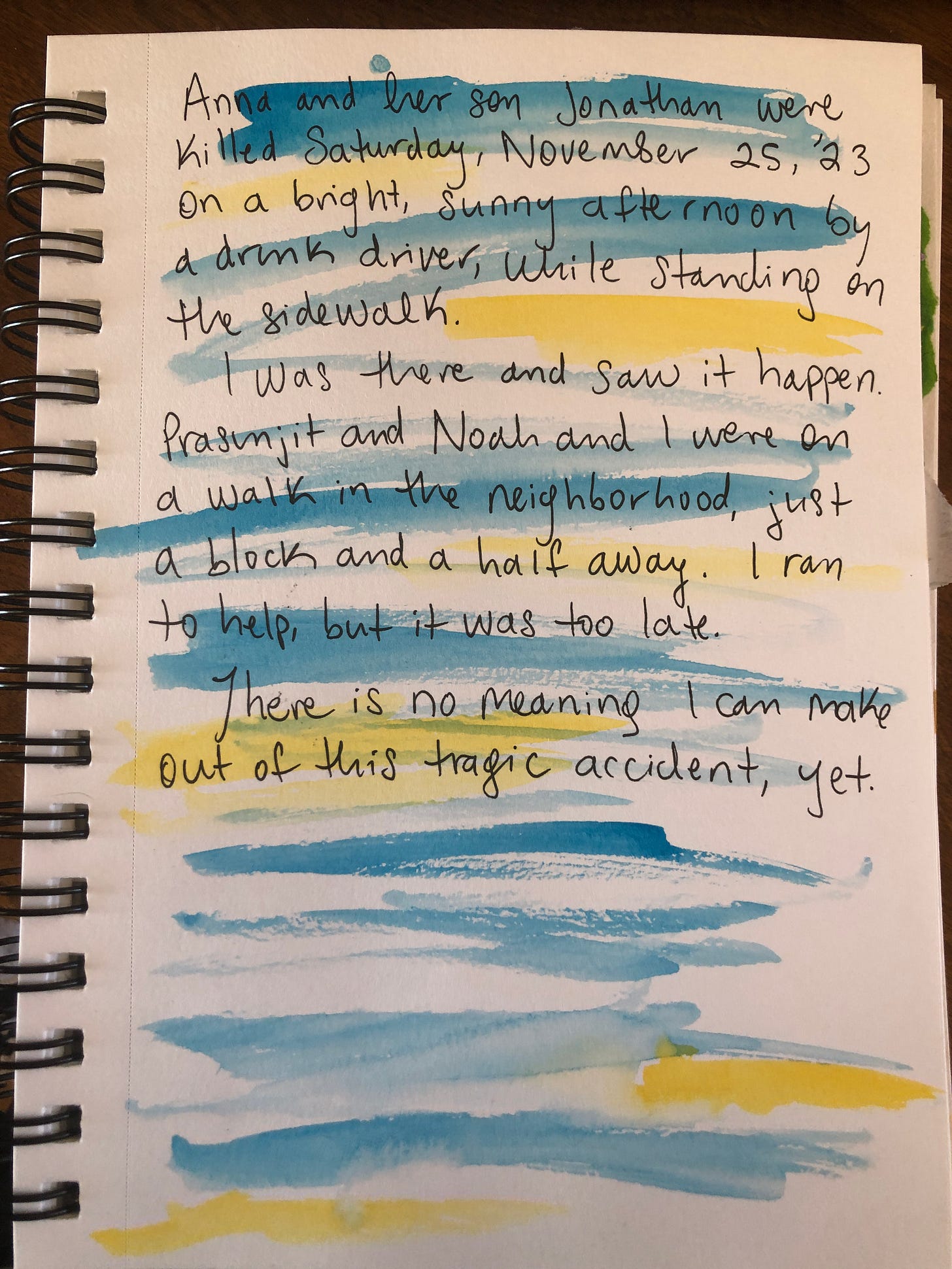
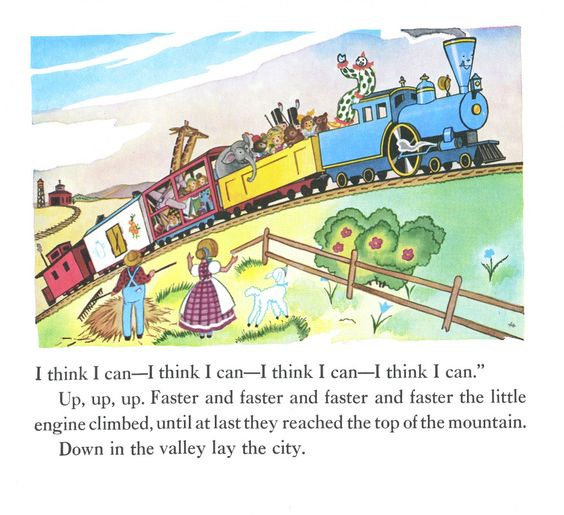

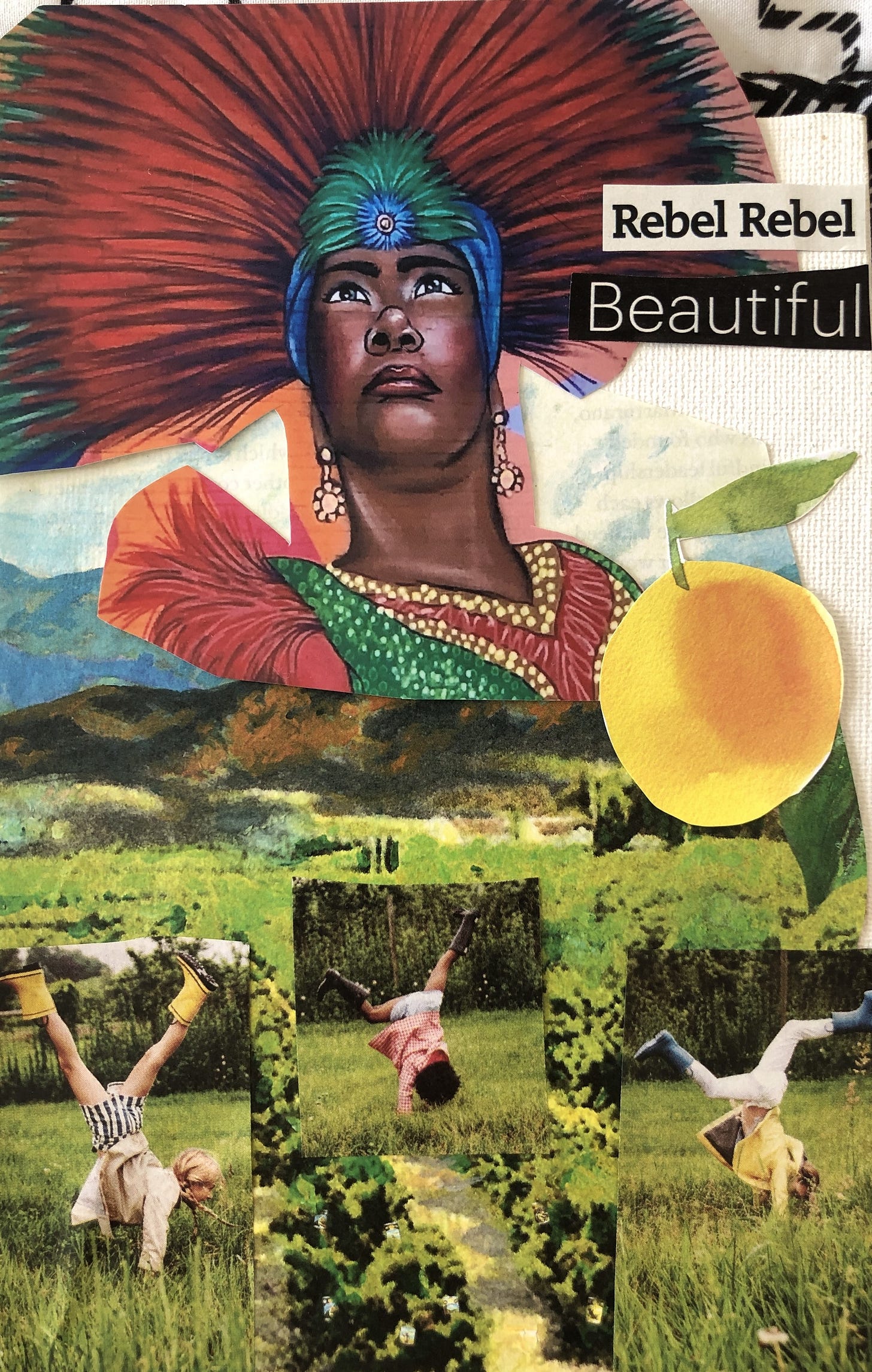

I just wanted to say how much I enjoyed this post. I'm going to save it, and go back to it later
I feel powerless when I think too much. Feel powerful when I act in surrender ❤️